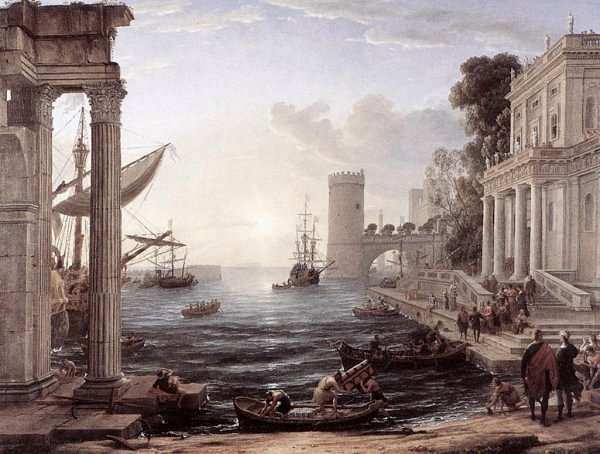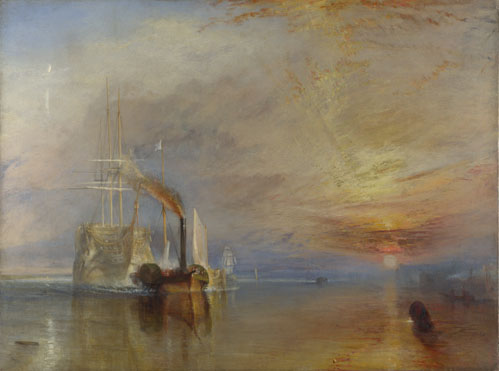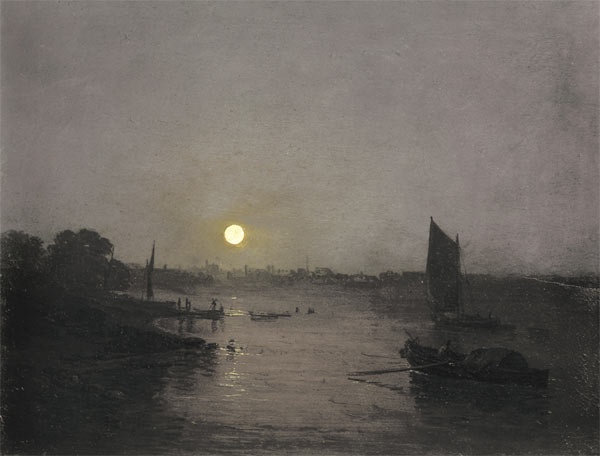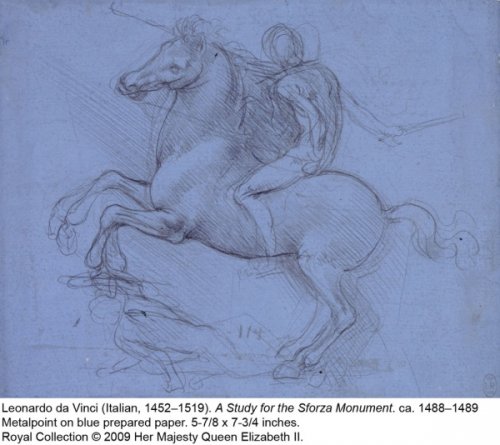Using drawing pen and a thicker Stabilo universal marker, I drew a scene of the town centre from my office building where I work. The main focus was of the middle of the picture using the darker more solid lines.
The day was dark, cloudy and had been raining. The town which is normally crowded with shoppers was empty other than a handful of people. I sketched a general shape of these bodies, not wanting to give any emphasise on them but of the buildings behind them. The whole picture was dark and very little shadow could be identified.
Being just before Christmas, the lights were up and hanging from the building across the road. I had to remind myself that I should not be giving much detail to them lights hanging in the foreground and the buildings were the main focus.
I used a ruler for the larger lines which looked a bit strange so I overdrew freehand to give a lighter feel to the shapes of concrete and stone. For the wooden cladding I used fine lines to show the planks across the front of the middle building which I think worked well.























































